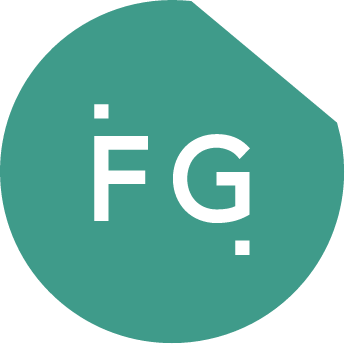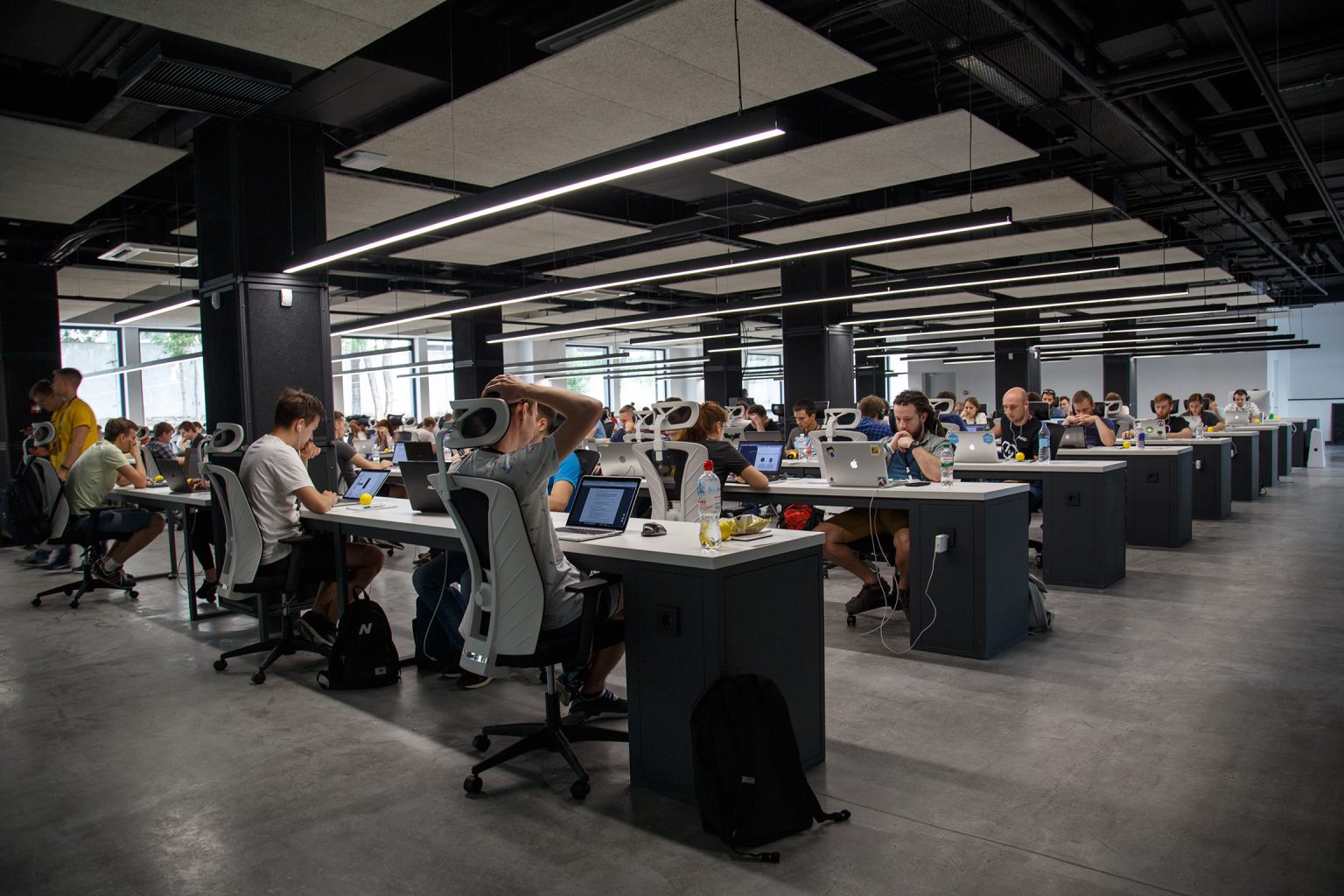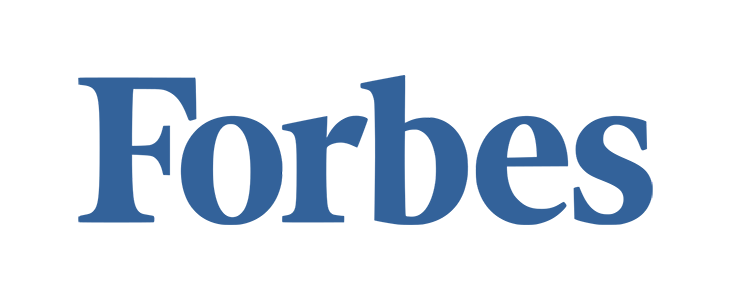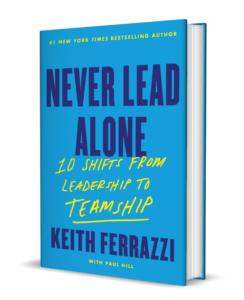Our massive post pandemic research project proved that highly inclusive collaboration combined with faster decision making was not only possible, but necessary to create bold innovation. Sadly, we also found that most leaders assume those two objectives are at odds. The traditional sentiment is that more people means more meetings, and more meetings means slower decision making. We’ll share the full research findings in our new book Competing in the New World of Work.
The solution we’ve found is to remove the obstacle at the center of that equation. Get rid of most meetings.
Far too many leaders have an unfortunate natural urge to throw meetings at every problem that requires cross-functional collaboration. But research by the Go Forward to Work Institute (GFTW), in partnership with Verizon, has revealed the power of new digital pathways for asynchronous collaboration. These pathways prioritize the frequent use of online writing tools (Google Docs, Mural, and others) and reserve the use of dynamic virtual meeting tools for higher-value occasions when specific issues require discussion and debate in real time.
“The nature of collaboration has changed forever,” said Massimo Peselli, Senior Vice President, Global Enterprise – Verizon Business. “We need to evolve our understanding of the best ways to use video conferencing and all our online tools to meet the needs of a workforce that collaborates from everywhere.”
First, it’s important to recognize that innovative collaboration depends on four types of working together that we call the Collaboration Stack: In-person, hybrid, remote, and asynchronous. Of the four, asynchronous is probably used the least because of various myths that promote the importance of collaborating in-person and in real-time. Two of the more destructive myths are:
- Collaboration starts with a meeting and more collaboration requires more meetings.
- Broader, more inclusive collaboration will necessarily slow down the pace of innovation.
Both of these myths are robbing your organization of its vitality and ability to compete. In their place we advocate that you start your collaborative stack with what we call Asynchronous First. With Asynchronous First, you can achieve what was previously unthinkable: bolder, more inclusive collaboration and increased decision-making velocity.
Our research since 2010 on the topic has documented a powerful set of High Return Practices (HRPs) for each layer of the collaborative stack. One of the most powerful HRPs in the asynchronous layer begins with a one-page decision board. To kick off any new project or to stress test a project already underway, the core team members use online tools to prepare a simple decision board that responds these four general questions:
- What is the problem we’re trying to solve?
- What are the bold solutions we’re considering?
- Where will progress get stalled? (Who or what inside the organization may have issues with the possible bold solutions?)
- Who should be invited into this discussion? (Who might contribute greater innovation? Who will be integral to execution? Who would we benefit from hearing, even outside the organization?)
Framing the entire scope of a problem and its potential solutions this way is a highly efficient substitute for time-wasting kickoff sessions that are deployed all-too-often when it’s time to consider new ideas and launch new products. One client of ours, having prepared a collaboration decision board with her team using a Mural board, commented that if the whole team had met for three hours with the company president, they could not have produced a more complete picture of all their change management challenges.
Step Two is the commentary phase. The decision board is circulated among the broadest group of individuals listed as either potential supporters, collaborators or challengers. Those people then get to spend some time thinking about the ideas on the decision board — ideally about a week. That gives them a chance, prior to posting their comments, to discuss ideas with others or research alternatives. Once posted, comments are visible to everyone, inviting healthy online debate. When the right tone is set that this is the place for high integrity transparency in service of the shared mission, we all have teams are often surprised by the level of candor in this process versus a meeting format.
This collaborative approach is so effective because it’s inherently far more inclusive than any meeting could ever be. Three or four dozen people deeply engaged in reading others’ ideas and contributing their own thoughts in writing over the course of a week are bound to produce more thoughtful and constructive ideas than the dozen or so people who might have volunteered their off-hand impressions in the course of a 50-minute meeting. Also during this commentary phase, the total number of participants can expand even further, as commenters point out others who should be involved.
Our research has shown that this written-word asynchronous commentary is a more psychologically safe venue than a meeting, where often the loudest voices tend to prevail. Also, team members who are more introverted get to weigh in fully because they have time to reflect and respond, instead of being put on the spot in a meeting.
“The process allowed open honesty we don’t usually see, and, and for everyone’s voice to be heard,” said one team member of a client company who had just been through this process. “Many of the responses we saw were unexpected. Some of those people I know may not have shared those ideas if it had required them to talk openly and on the spot in a meeting.” Written words are more transparent, lessening the power of internal politics and hierarchy. And, best of all, written comments give us input that advances the ball, without the bother of a meeting.
Step Three extends the asynchronous online evaluation of all the ideas crowdsourced through Step Two. This back-and-forth ideation phase should end after about two weeks. By then, everyone will have had ample time to see from each other’s point of view the practical obstacles and organizational roadblocks that threaten the project’s success. Everyone is free to weigh in on each other’s comments. In this transparent process, the people named as potential challengers to the possible solutions can explain their reasons for opposition and perhaps offer other bold solutions to consider. Because this is an asynchronous process, the exchanges of this kind can be abundant — the opposite of the meeting format, where time is so precious that speaking must be rationed, like a scarce commodity.
It may seem counterintuitive, but by taking extra time during this phase (and avoiding throwing more meetings at the problem) you will radically accelerate getting to a solution that has the broadest agreement and speed to execution.
By Step Four, you’re ready to assess if there are some issues that require a real-time discussion and debate in a scheduled meeting. The kind of meeting doesn’t matter, whether it’s in-person, remote or a hybrid. What matters is the agenda. By leaving meetings for last, you ensure that there is a specific purpose or purposes for each meeting that is scheduled. Having a clear list of specific issues that need to be resolved through discussion, the risk of the meeting drifting off track is greatly reduced.
Asynchronous First proved essential for a major manufacturer where scheduling difficulties had stalled its transformation plans. So many different groups needed to be included in a set of critical meetings that it was difficult to accommodate everyone’s availability. Critical decisions were being delayed because with time new concerns emerged, requiring still more parties to be included as meeting participants.
This logjam was broken by Asynchronous First. After circulating the decision board to all the critical constituencies, and then giving them all time to comment, we were able to identify two remaining issues blocking the path to very bold change. Within a 14-day period, a single meeting was set to hash out those issues through discussion.
“The process exposed the exact things we needed to have discussions about,” said one company executive. “We knew we needed to meet about two specific disagreements. When we met, there was no need to feel around for each party’s point-of-view. What we needed to discuss was all laid out in the process.” Within weeks the team finalized decisions on two issues that had stalled the division’s transformation for months, and very likely would have taken many more months to resolve.
The fluidity and transparency of asynchronous collaboration makes it a very effective pressure mechanism for getting people off the fence about change. There’s no excuse available for foot-dragging or complaining about this not being a good time to meet. Asynchronous collaboration is inherently disruptive and a game changer because there’s no place to hide for nay-sayers and defenders of the status quo. Withholding points of view puts them at risk of exposure later for being spineless or playing politics.
“I like how this process helps get us out of our silos,” said one of the manufacturing executives. Within the company, it was common to limit the number of people invited to meetings in the interest of not getting bogged down. But limiting inclusion had only cramped the company’s ability to innovate. “We end up recycling the same opinions, over and over,” she said of the smaller meetings. With Asynchronous First, she was able to invite input from manufacturing, engineering, innovation, product, and other departments, because, she says, “it takes all of us to put our heads together to drive ideas and innovation forward.”
Top leadership should think deeply about how their dependency on meetings deprives them of the full picture of what’s happening inside the company. Every leader gets a limited vantage point, constrained by those who meet with and lobby the leader most regularly. When senior leaders review summaries of the responses to the decision board, they are often shocked to have a much more expansive and inclusive view of what’s really going on.
For some senior leaders, that’s all they need to start thinking differently about meetings, inclusivity and collaboration. Ideally, leaders can use this new capability to go one step further, from just having them adapt to new tools to really have them rethink their collaborative competencies and their team competencies.
Asynchronous is also innately more inclusive and democratic than the traditional mechanism of the meeting, which is often used as a chokepoint to express exclusivity and assert authority within the hierarchy. At the manufacturing company, one executive marveled at how fast some people filled out their responses to the sheet. “Getting people on board to do new stuff is always challenging,” she told me. “But in this case, I was surprised how much I didn’t have to nag people.”
Better engagement. Less nagging. What better reasons do you need for putting meetings last and switching to Asynchronous First?






